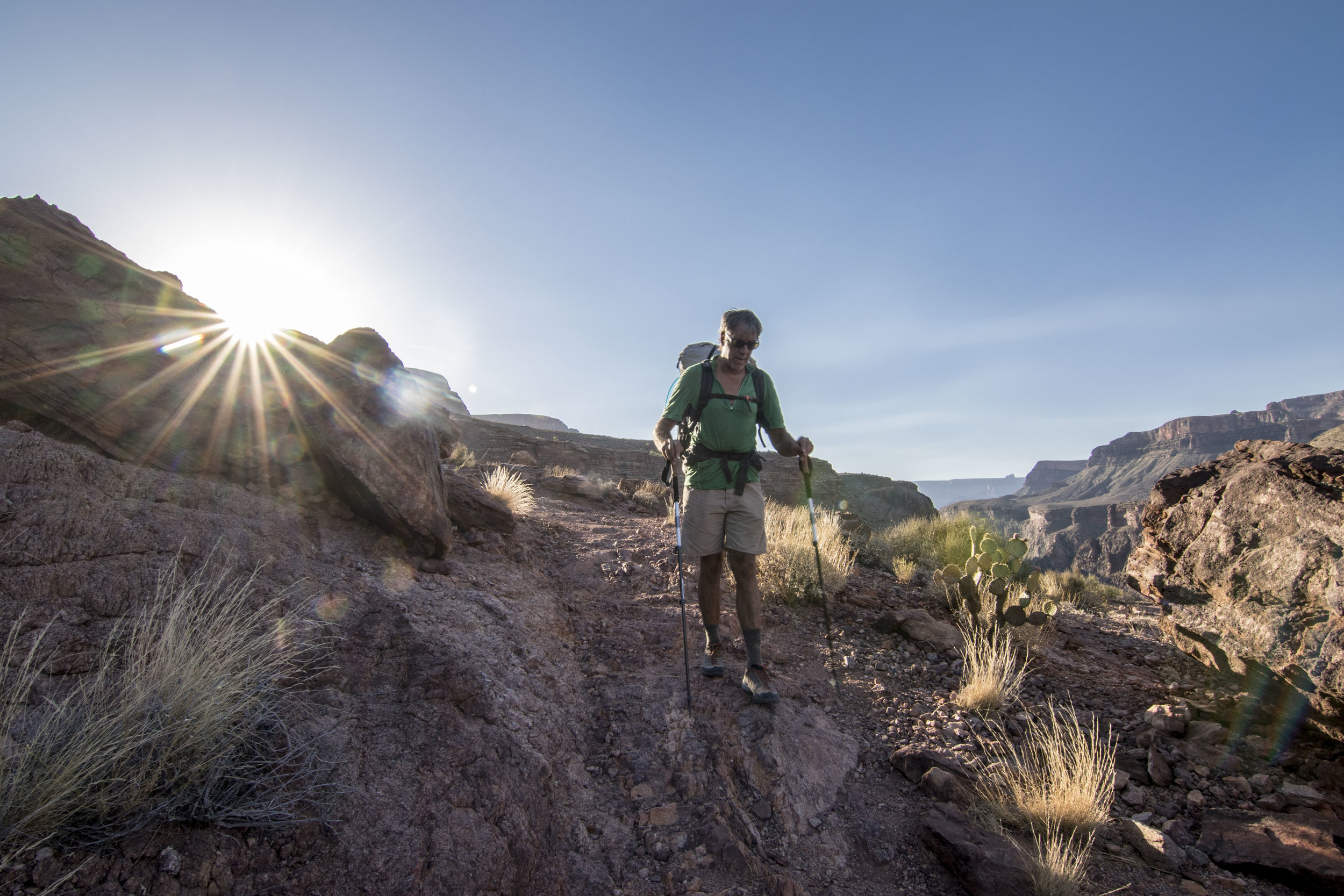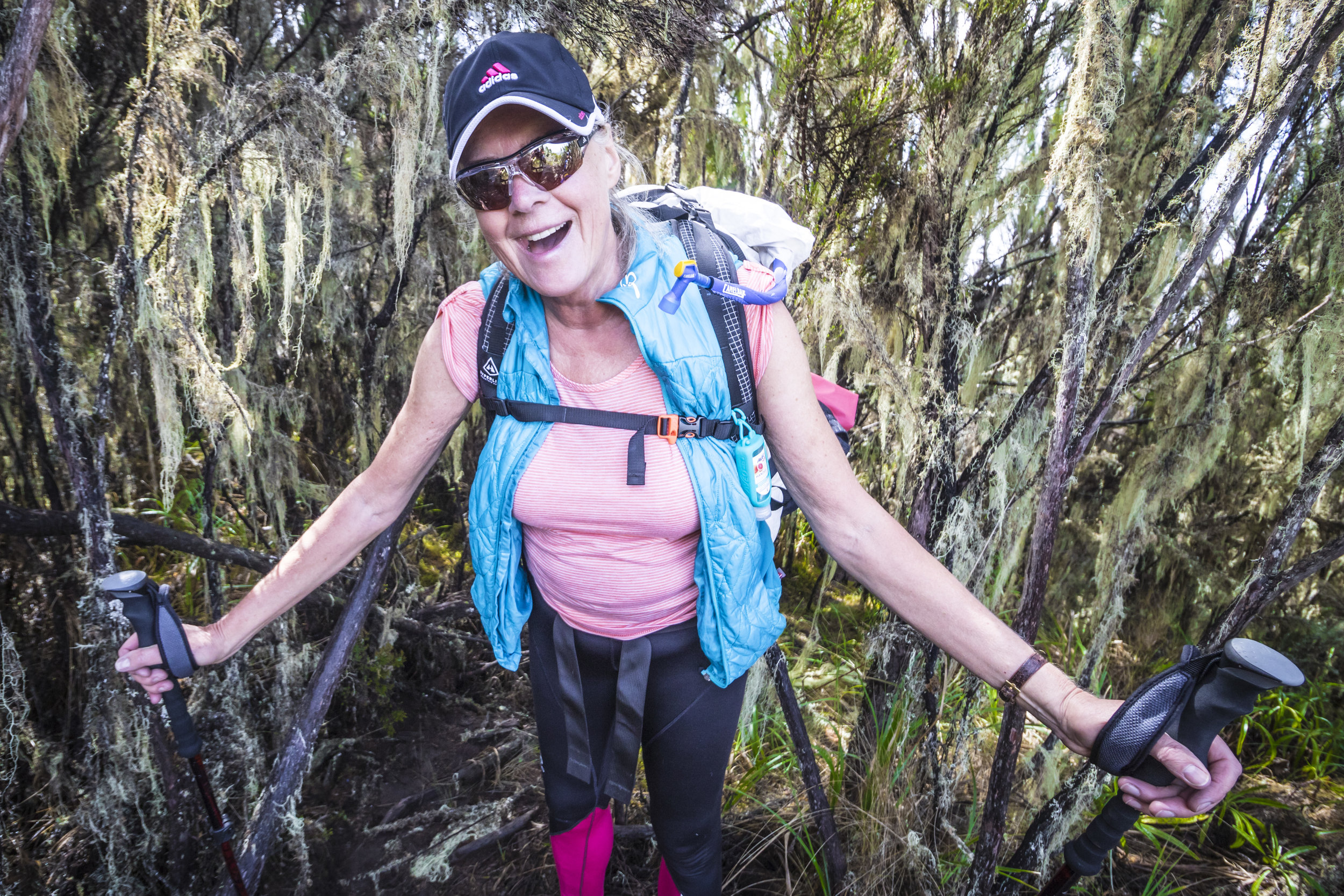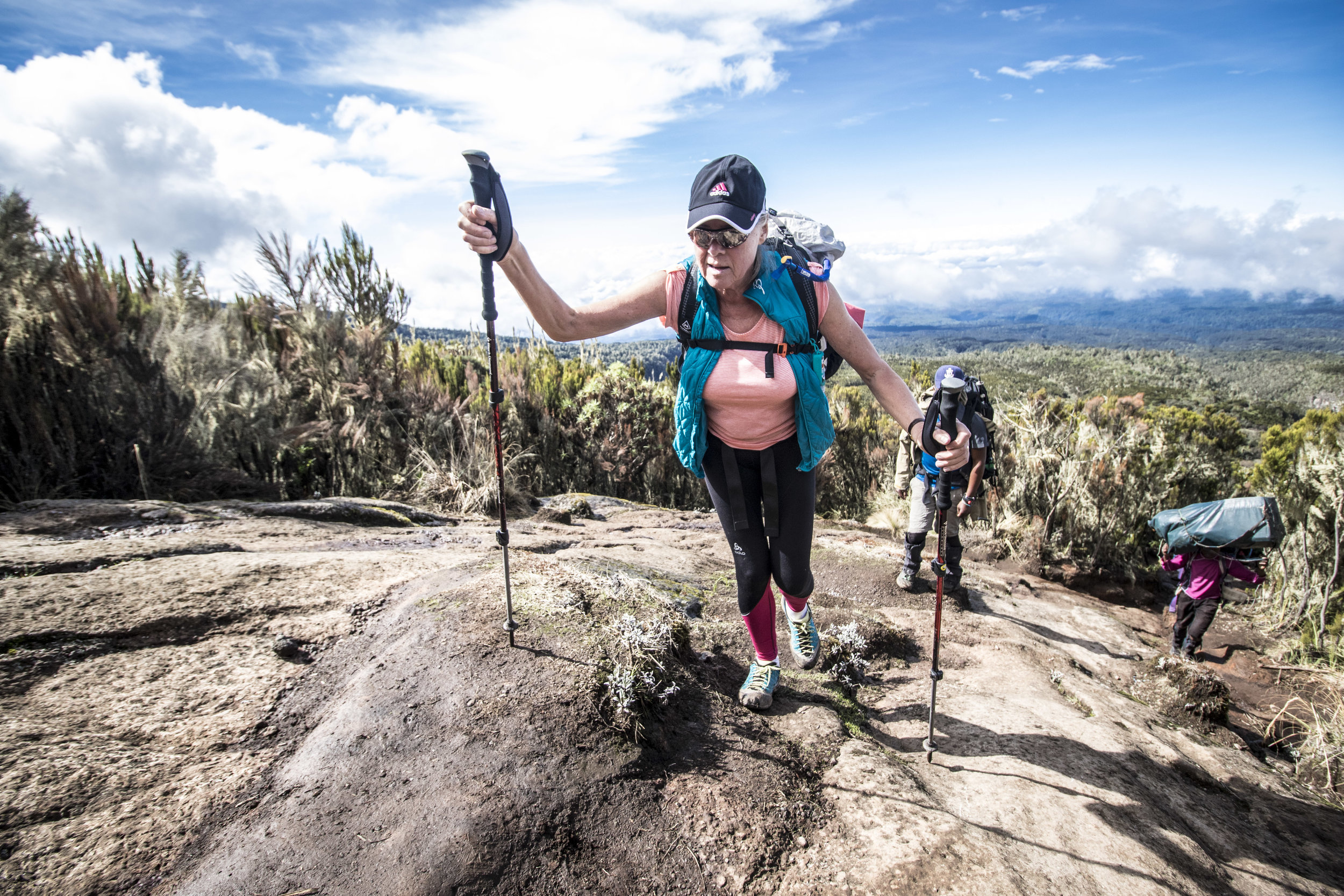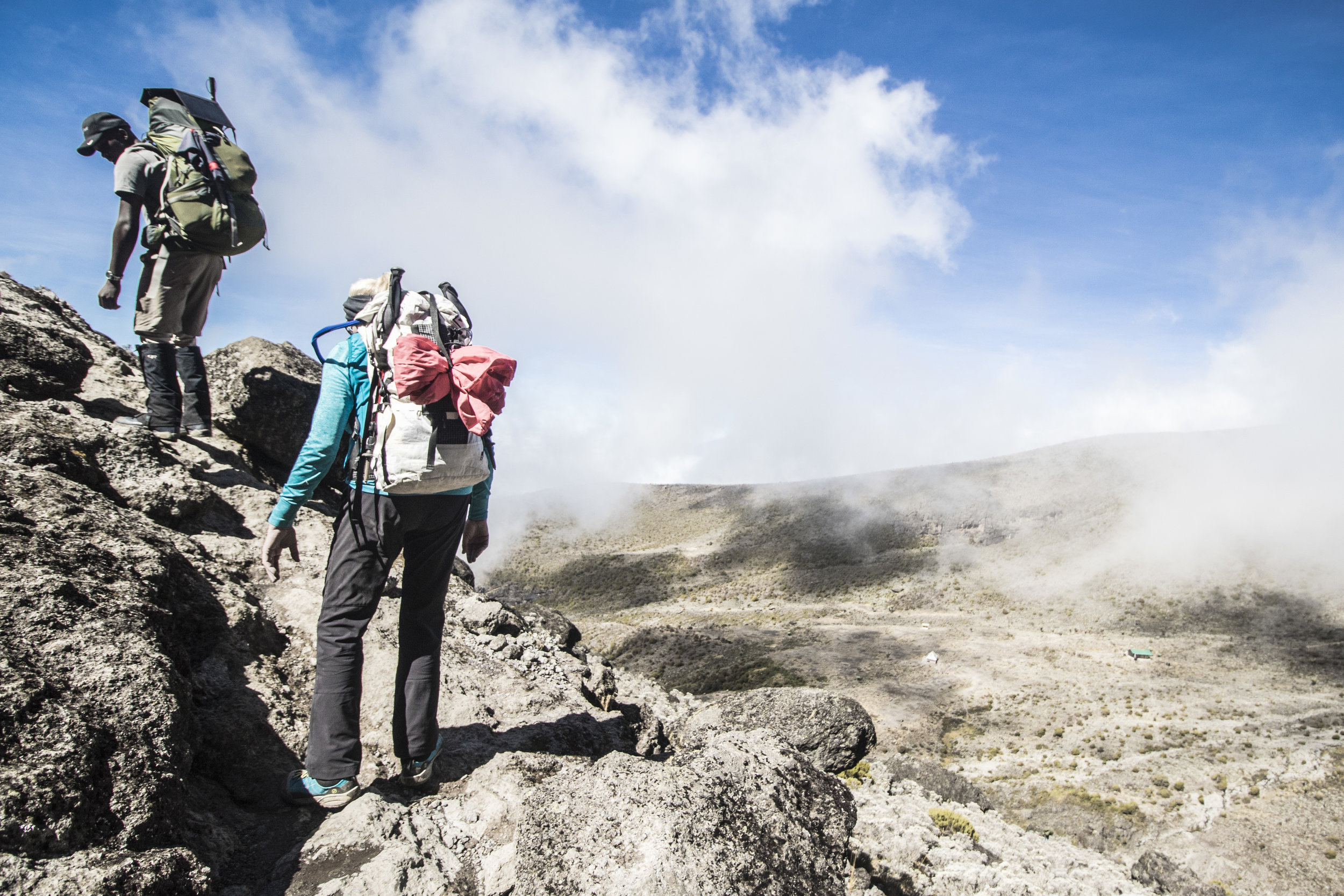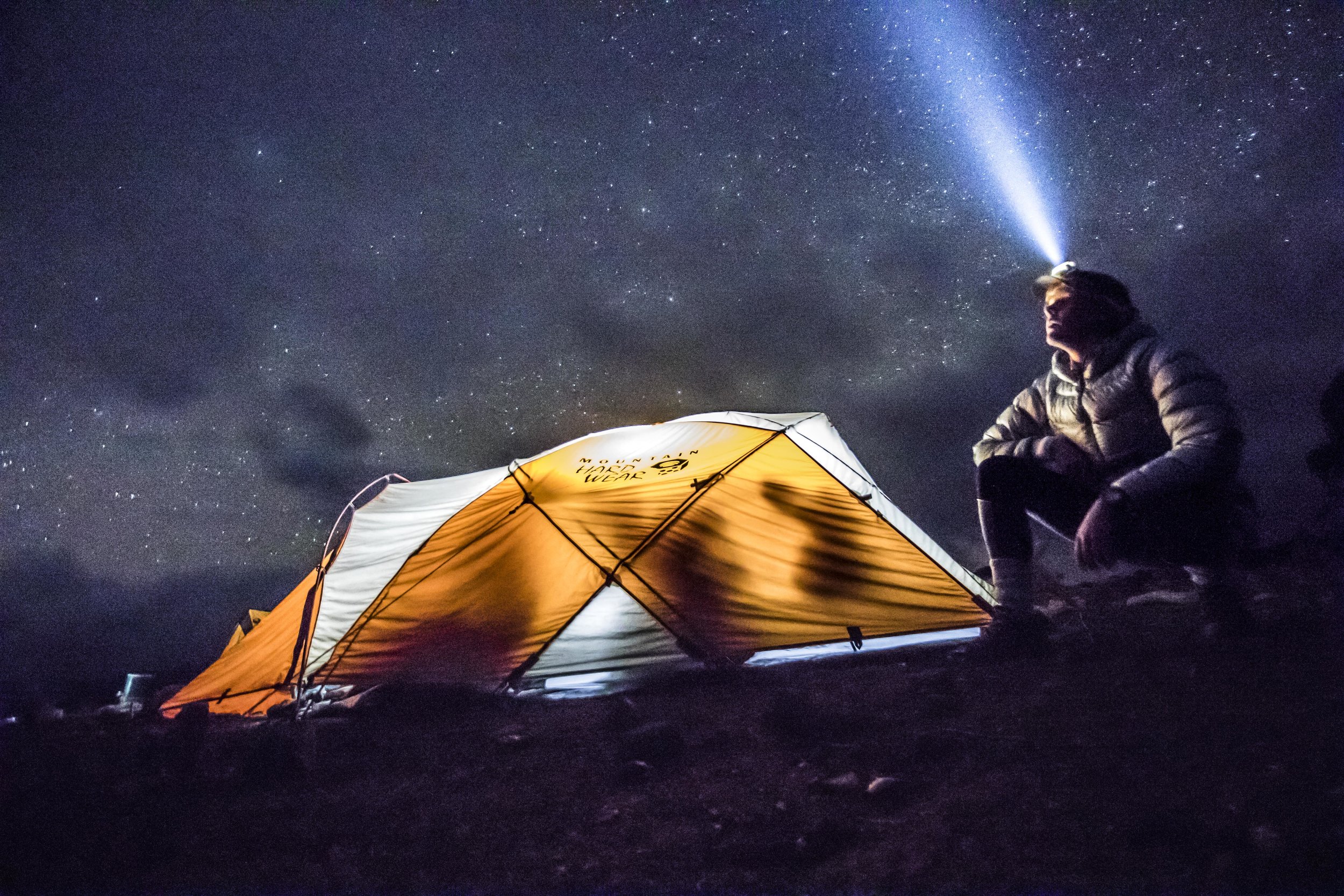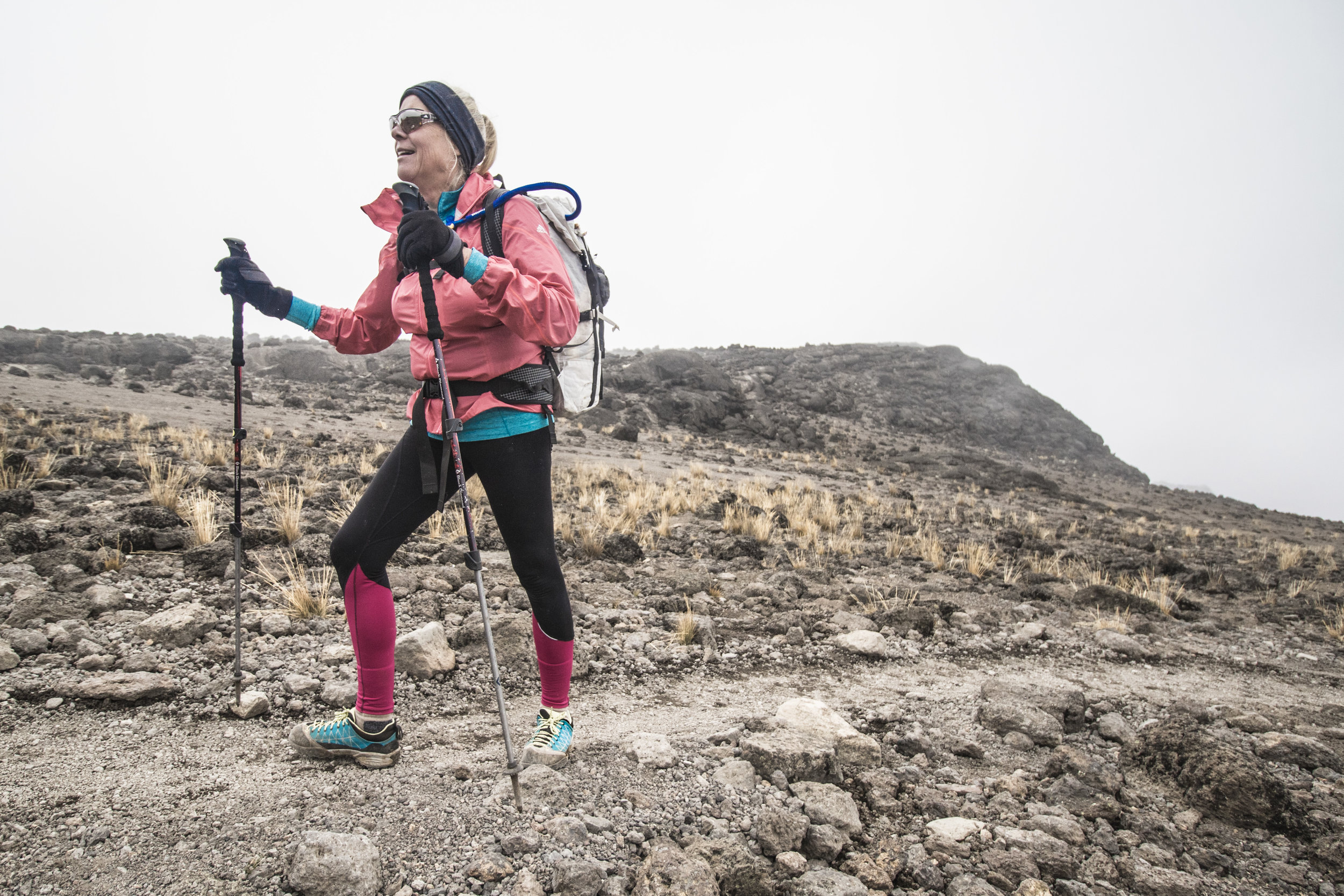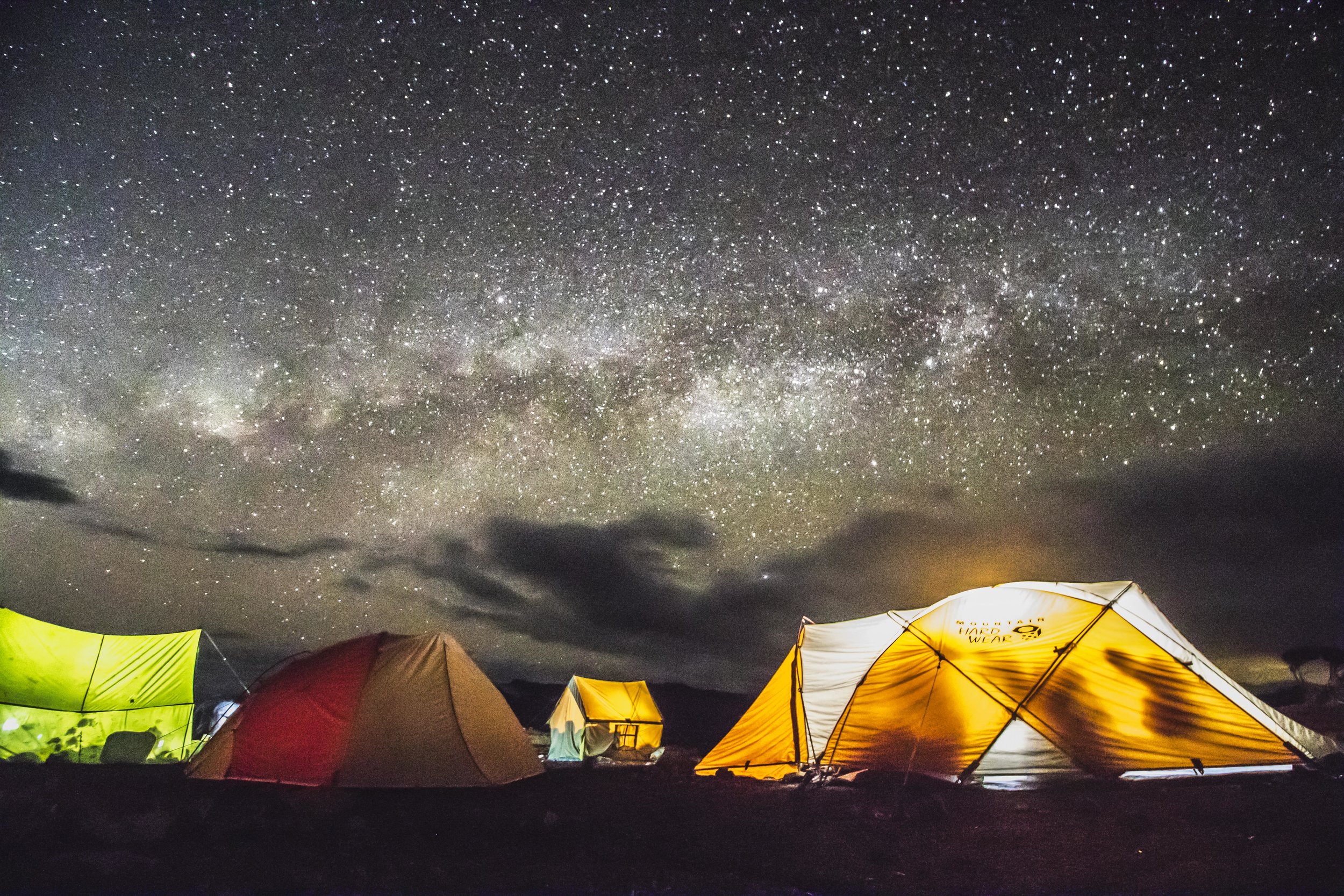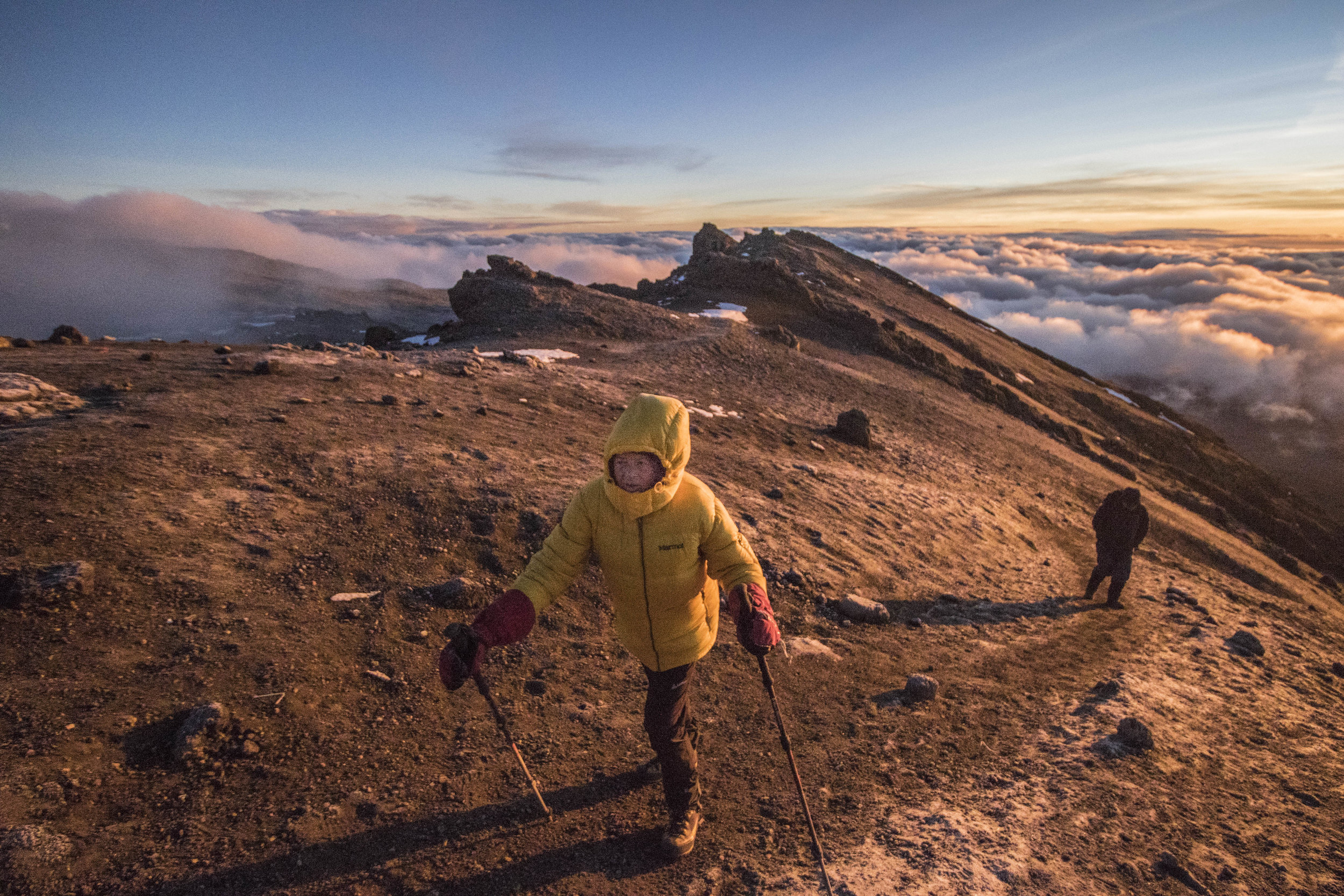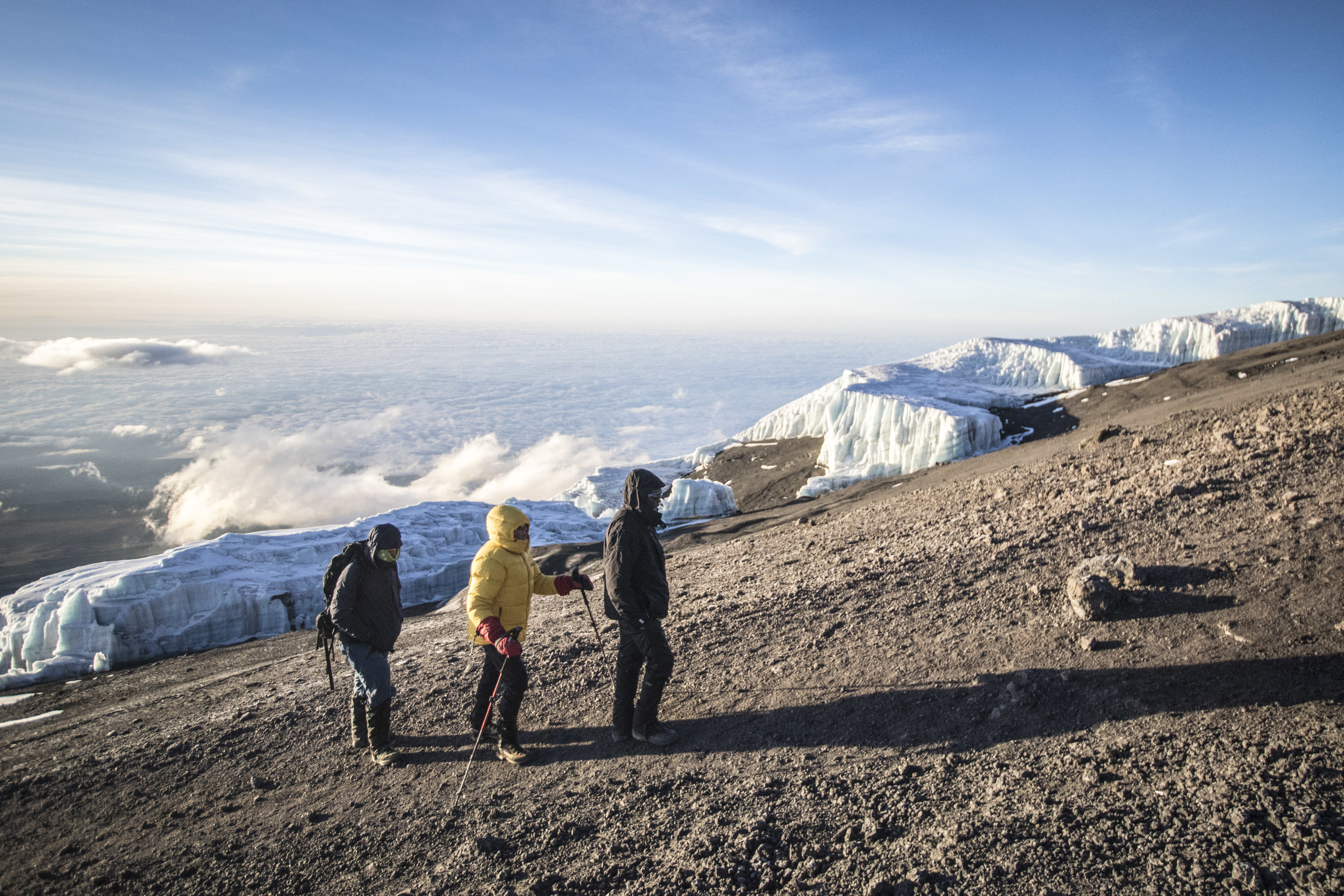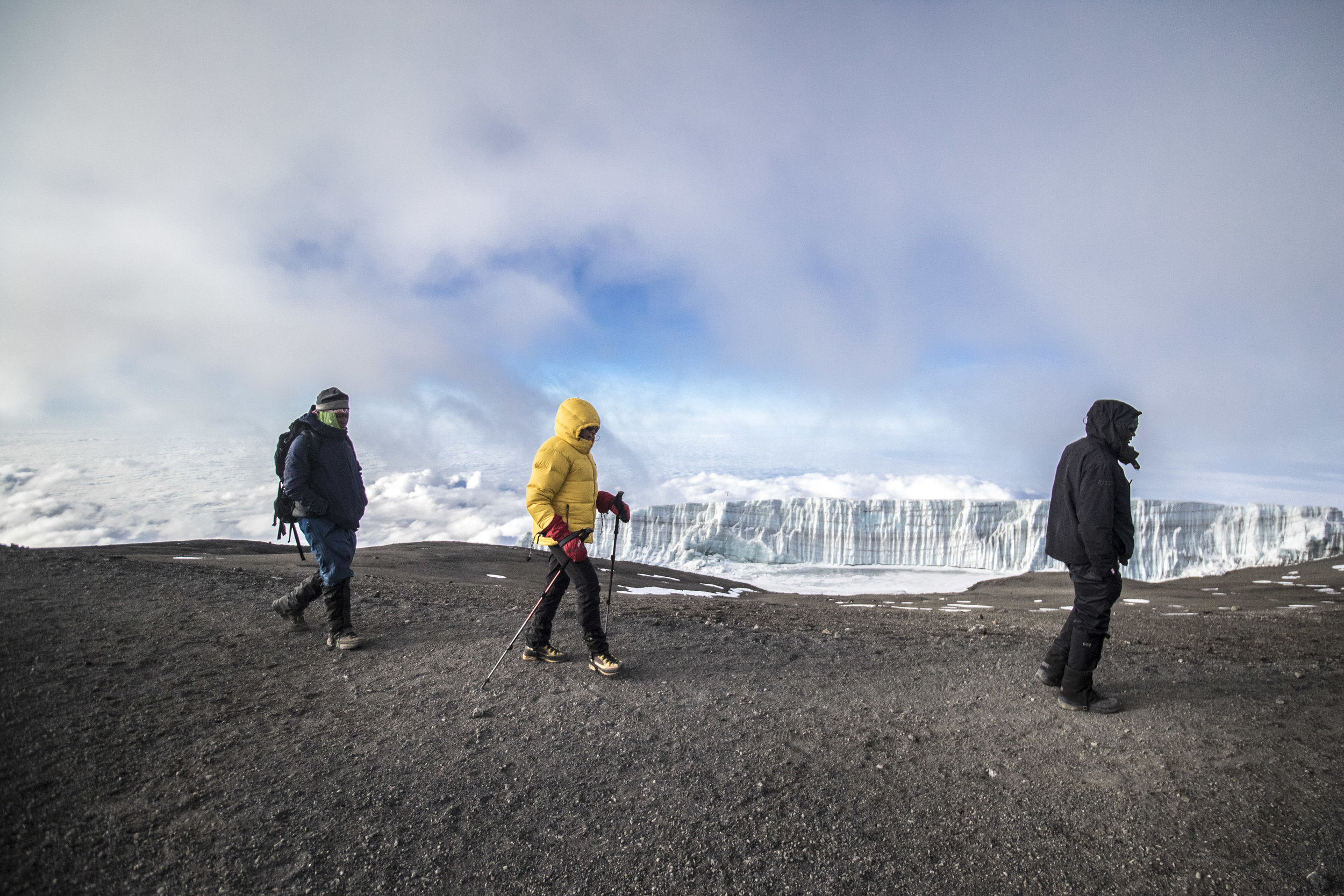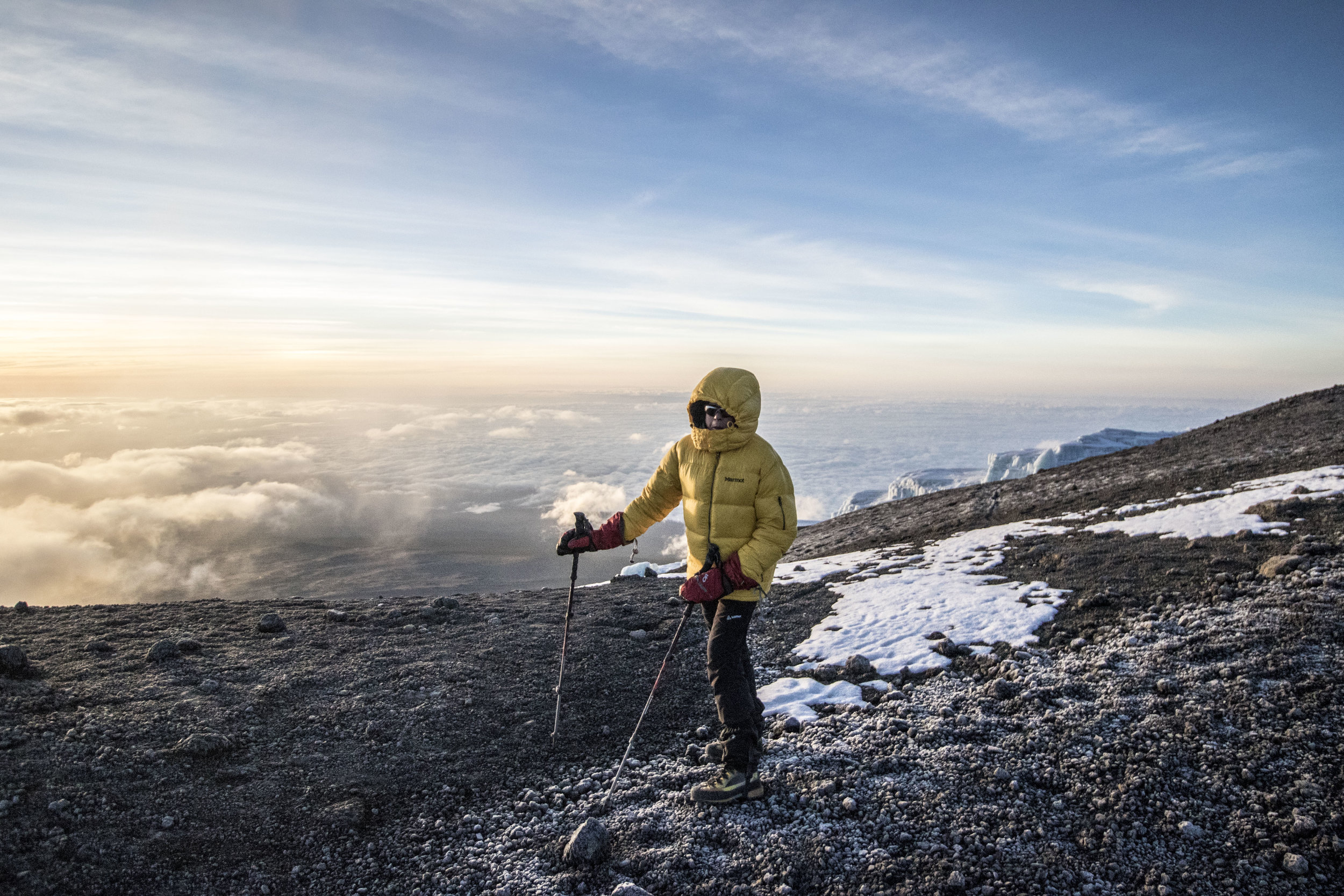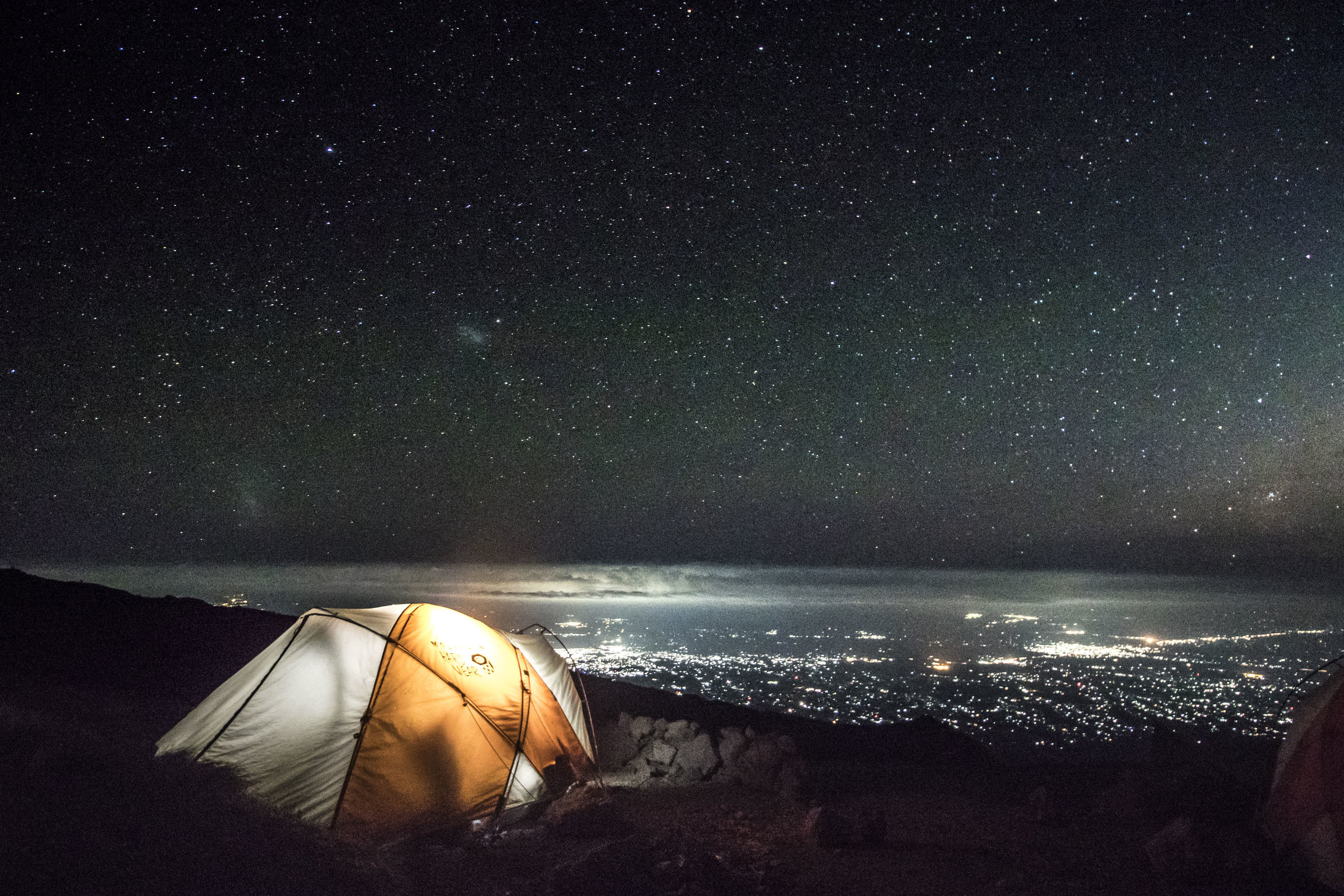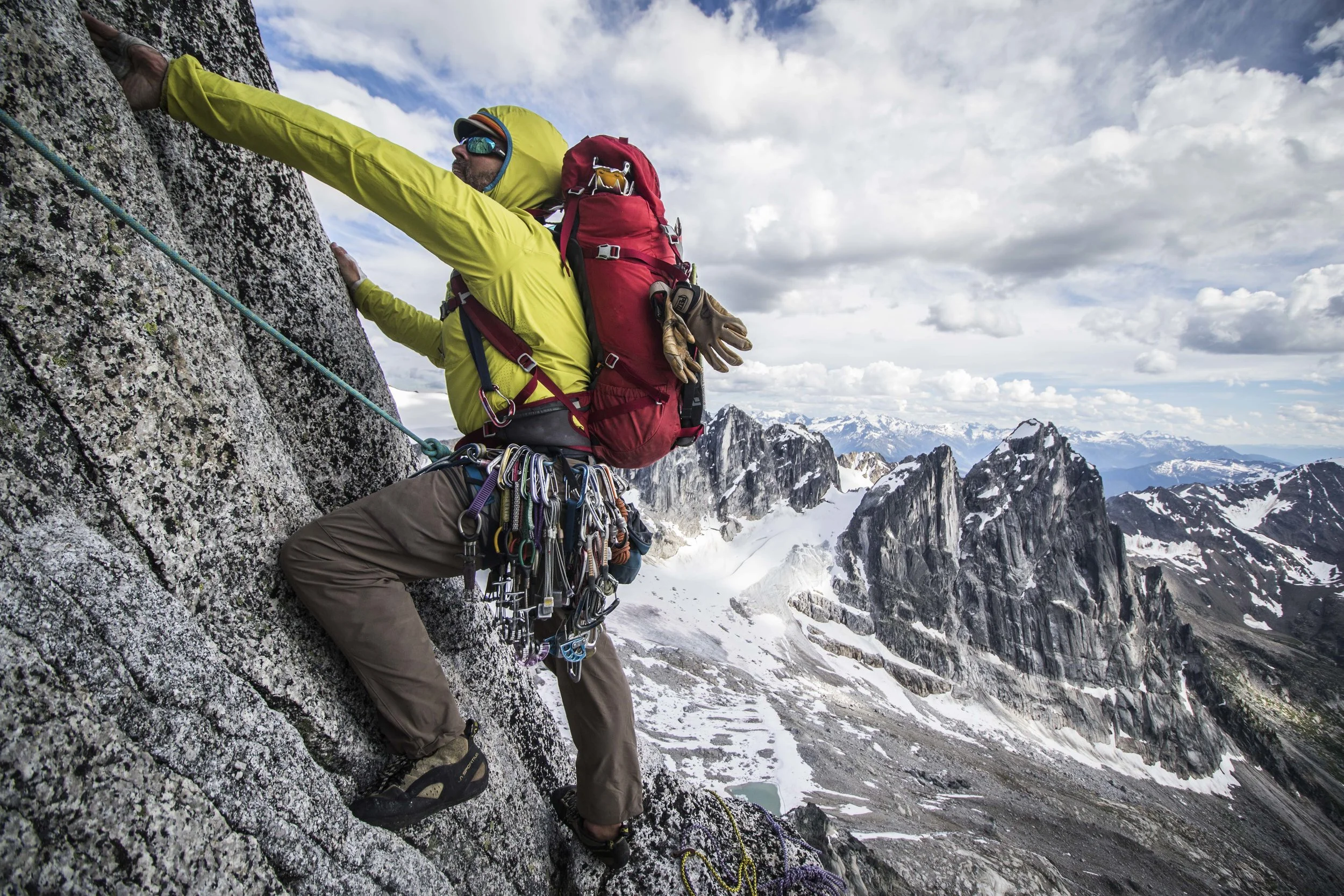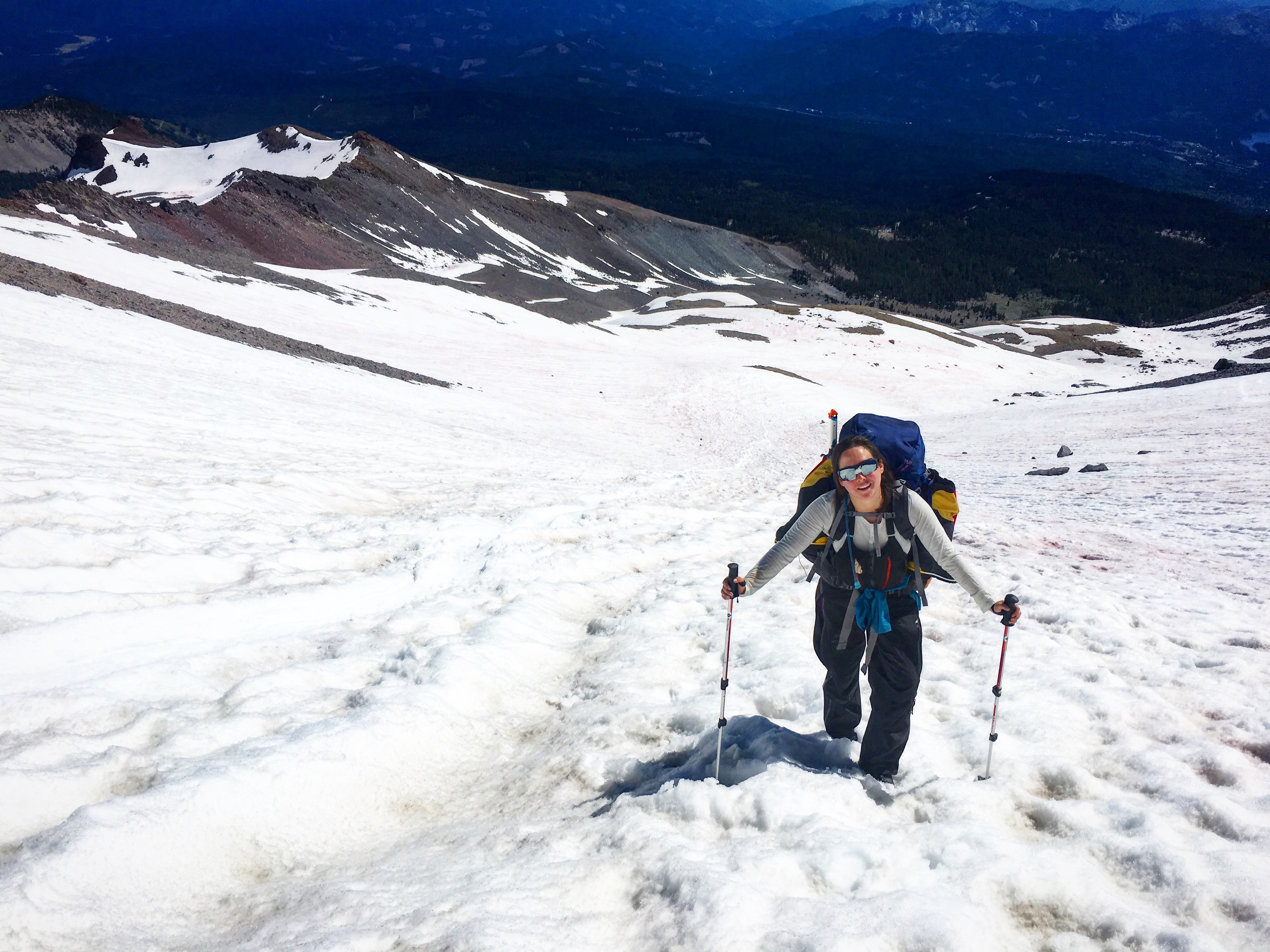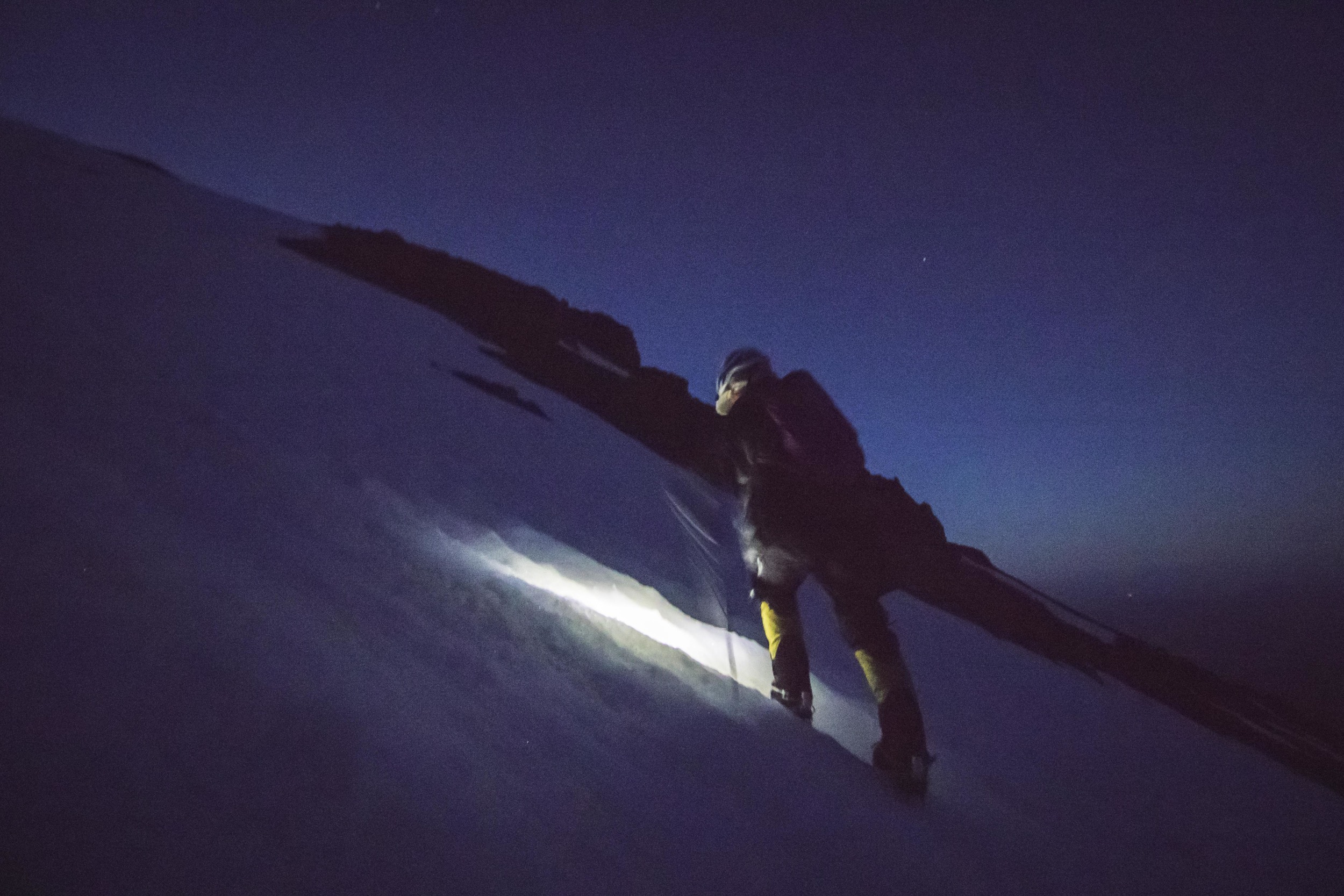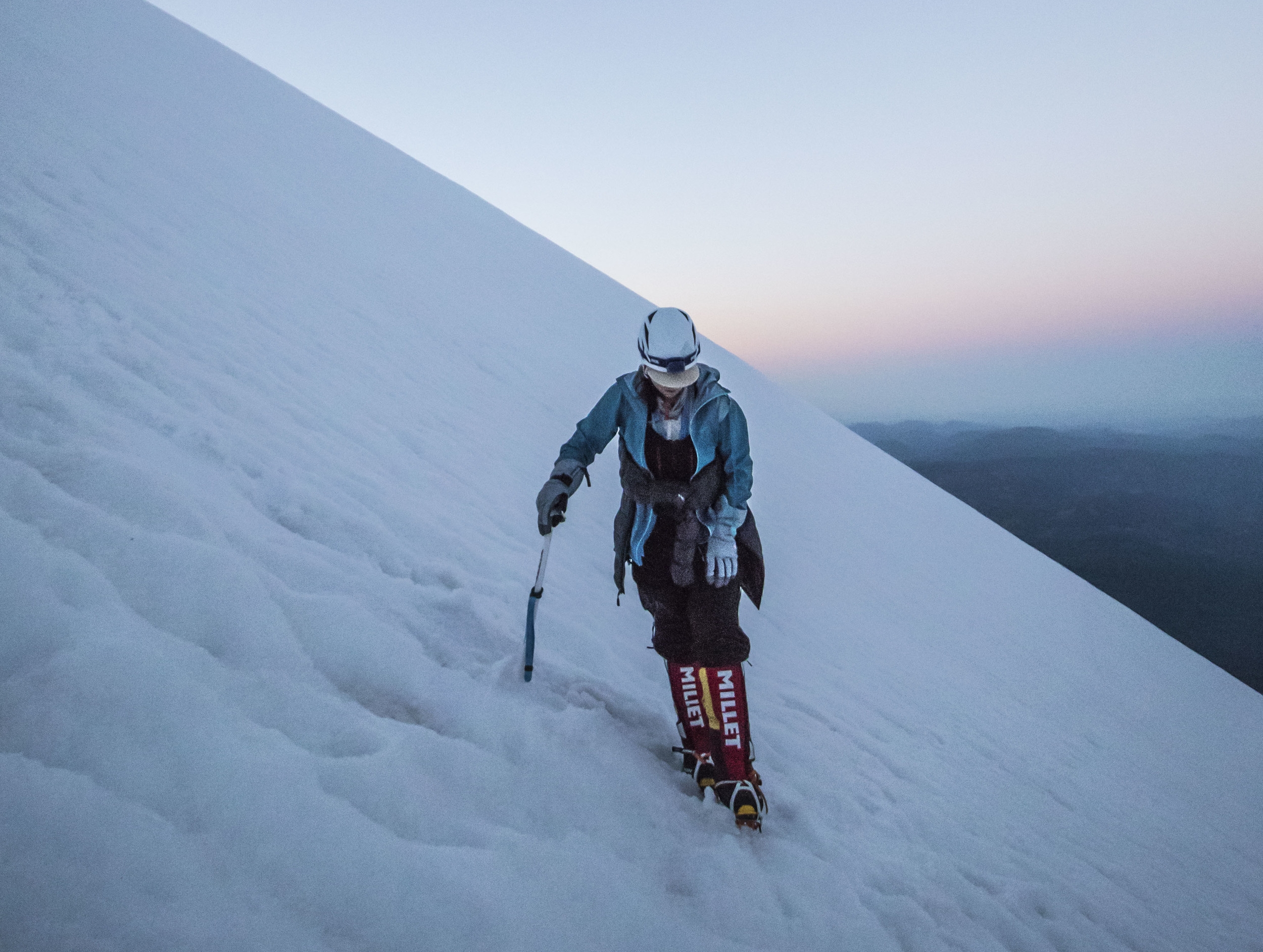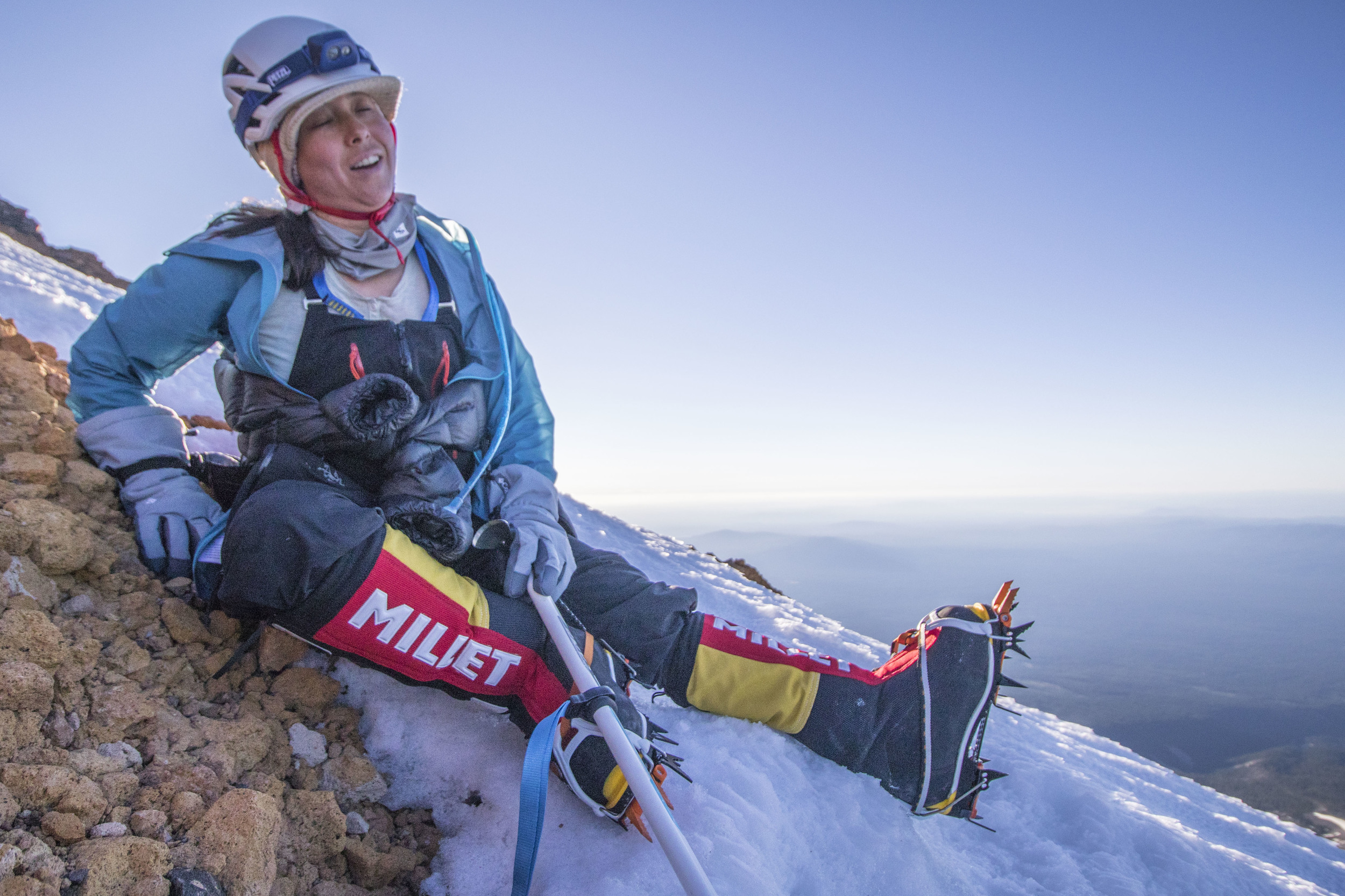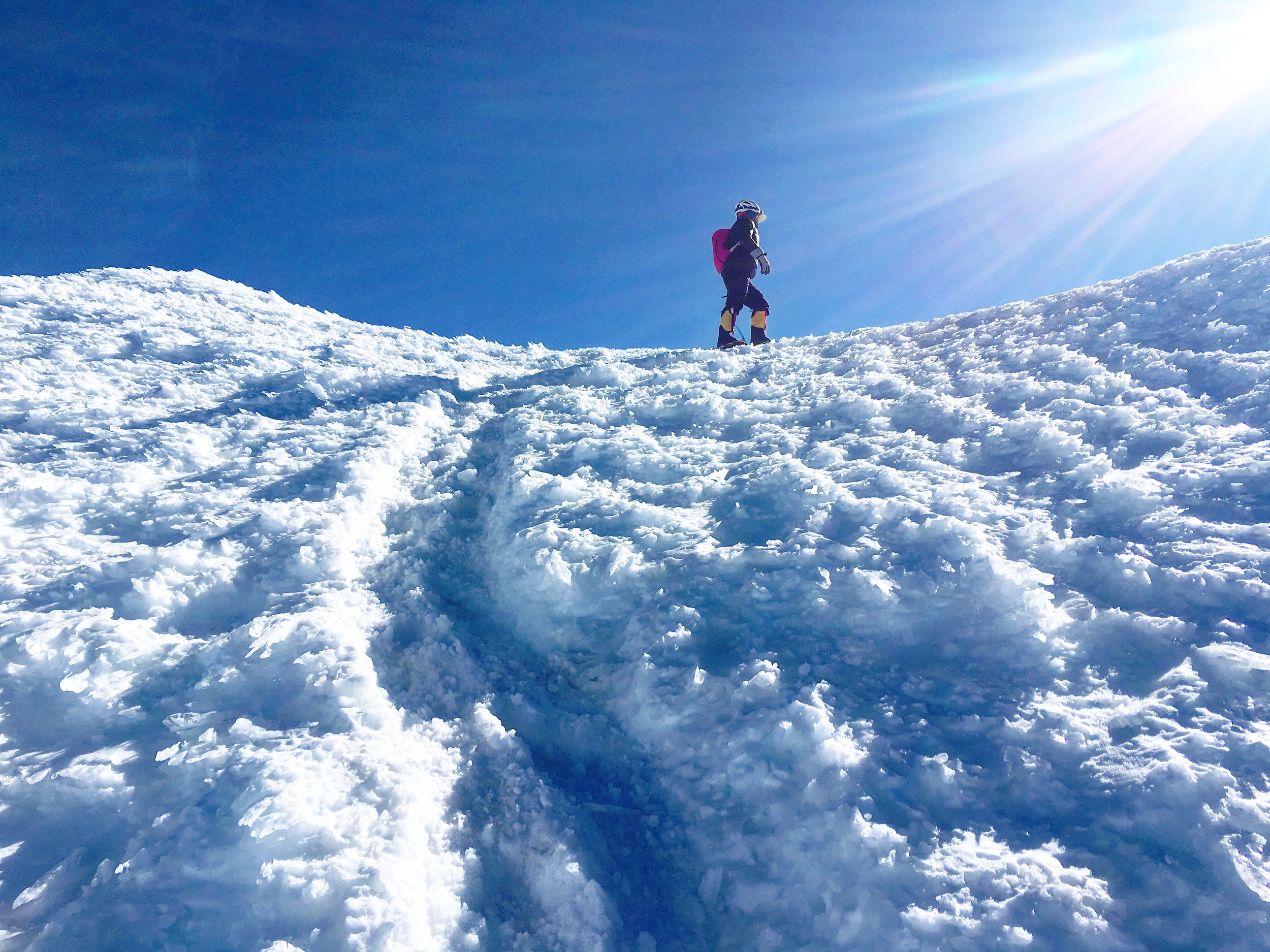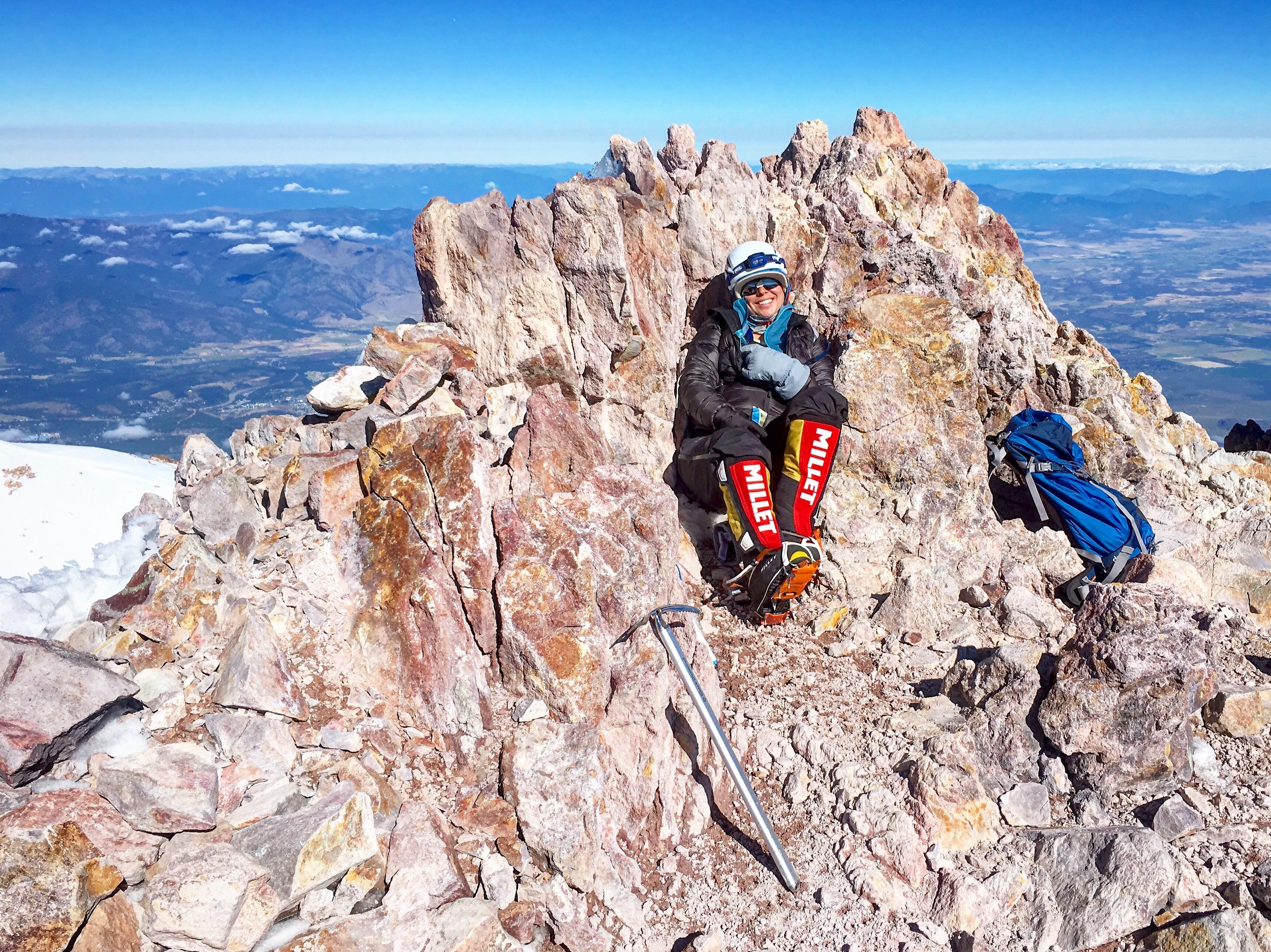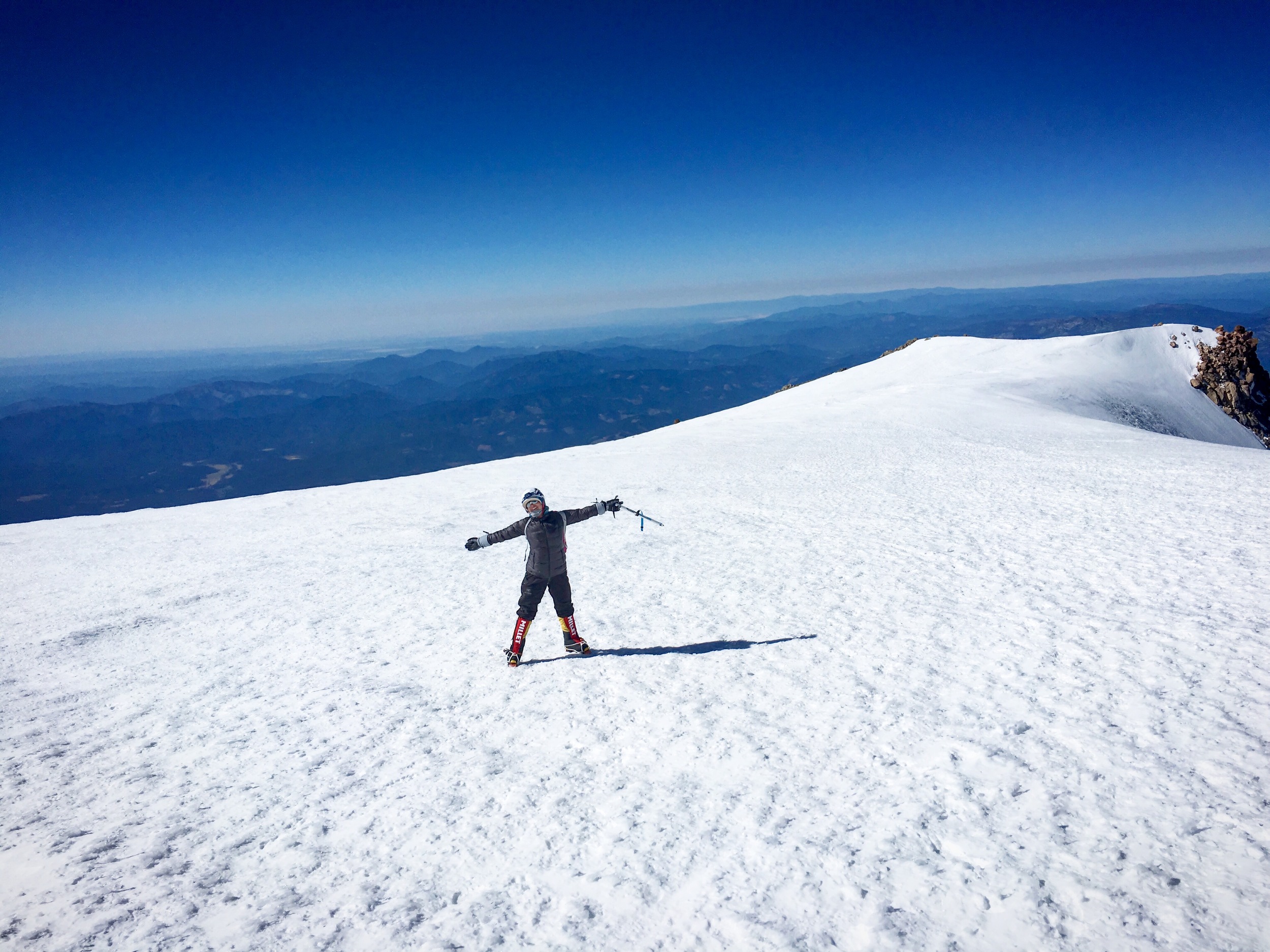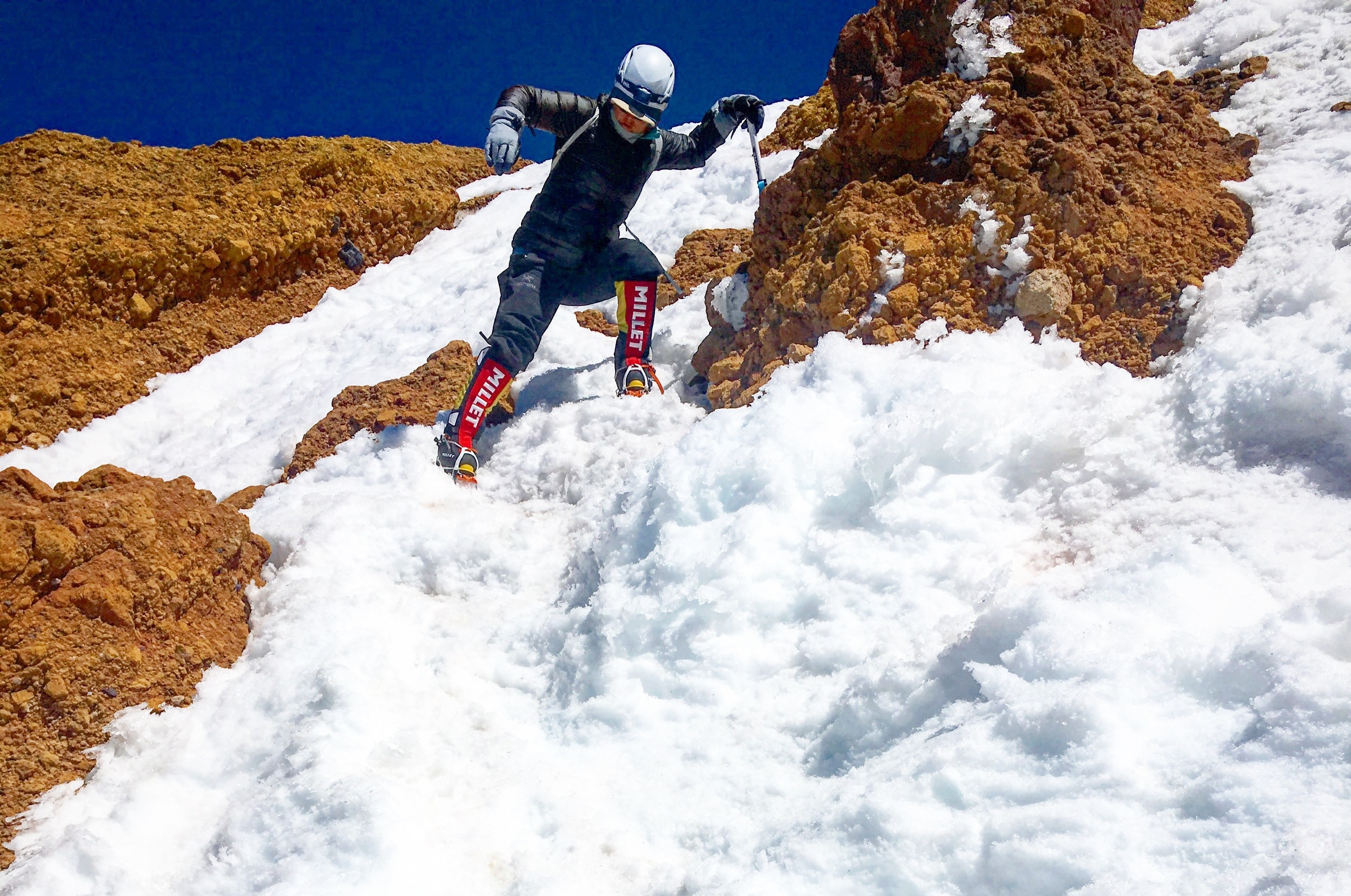"Are you sure this is a good idea?" My boyfriend looks at me quizzically. "Just saying... Mike and Rich really know their Grand Canyon stuff, and they both think we're crazy for attempting this in July."
'This' is a 32 mile roundtrip with a total of 20,000ft of elevation change to climb a formation in the canyon called Zoroaster's temple. Paul has been wanting to climb Zoroaster for decades, and I have a mad love affair with all things Grand Canyon - so of course I was excited to give Zoroaster's Temple a go when Paul first brought up the idea. All we needed was a permit and a long weekend; because, you know... twenty-four hours of driving, thirty-two miles of steep hiking and a six pitch chossy adventure route on top of it.
With lots of enthusiasm and little research I convinced Paul to do the climb over Independence Day. What better way to escape the holiday weekend crowds than to pursue an obscure, off-trail Grand Canyon objective in the heat of summer, right?
Having been to the Grand Canyon about a dozen times before (including three solo runs of the 42 mile Rim-to-Rim-to-Rim), I should have known better. Actually, I did. I know it gets hot on the South Rim, and when it's hot up there it's REALLY hot down in the inner gorge. On one of my early visits to the Canyon I almost passed out from heat exhaustion on Tonto Plateau after an easy and flat two-mile walk. Yes, I knew better than to think that hiking heavy packs into the depths of the Grand Canyon in July is a great idea. But I figured we're fast, we'll be smart, and while it's going to be hard we should be able to cheat the heat. Mike and Rich disagreed. "Bring superglue", they suggested. "Your shoes will be delaminating from the heat."
In the days leading up our grand adventure Paul makes last-minute efforts to convince me that we may want to find an alternative. "Have you seen the forecast? There's an excessive heat warning for the area. The temps over the weekend are projected around 108 degrees..." - "Yeah, but!" I interject. "The route is northeast facing. It will be in the shade. And it's high up anyway. We just gotta get through the approach, and we'll be fine."
It's Saturday afternoon when we pick up our backcountry permit at the South Rim's wilderness office. "Yes, yours is the only bivy permit we've issued for this whole backcountry area over the weekend" the ranger confirms. "Nobody wants to be out there in these temperatures. Good luck!" And off we go.
As we start our hike on the South Rim at 7,000ft it's a balmy 88 degrees. We are hiking in late, at 3:30pm, to chase shade. By the time we hit the bottom of the Grand Canyon at 2,000ft ASL the temperatures are well above 100 degrees, even though it is now 8pm and the inner gorge has been in the shade for several hours. The heat is oppressive. I am glad to reach the Colorado River where I drop my pack to walk straight into the cold water, shoes and all. Paul is a few minutes behind me and not as keen on a cool-down session in the river. Soon we are hiking again. Only two miles and 1500ft of climbing to our bivy spot now.
And that’s where the heat starts to wrestle us down. Paul’s energy is zapped, his pace crashing. Sunset turns to dusk turns to a beautiful moonlit night while we continue our ever-slower crawl towards camp. We are traversing steep exposed sections without headlamps; the moon is guiding us brightly. The final two miles feel like forever; behind every turn there is another stretch of climbing. It’s a spectacular shadow world that we have entered, the rapids of the river sparkling far below us, pale cliffs towering all around intercepted by deep darkness where the moon can’t reach. How can a landscape that looks so peaceful and calm be such a hostile furnace, an unlivable wasteland where every breath heats up your core until the body shuts down as from a high fever. It is long after dark, and the heat is still oppressive.
We turn another corner and breathe a sigh of relief as the trail finally flattens out. I can just make out the silhouette of two huge cairns which mark our bivy site. Packs off, pads thrown in the dirt; it is finally time to sleep. The plan? Wake up four hours from now, cover another four plus miles and three thousand feet of climbing before sunrise, then climb Zoroaster’s Northeast Arete.
The alarm rings after what seems like just a moment of sleep. I am not excited. Paul grunts and rolls over on his sleeping pad to look at me. “I feel terrible.” I nod. He’s not one to bail or to ask for help lightly, but he went into a deep bonk on the final miles last night - just a few hours ago. “What do you want to do?” Paul stares up at the sky and doesn’t answer.
I can imagine what’s going on in his head right now. The climb isn’t that much farther from where we are. We’ve come all this way to climb Zoroaster. We’re way down in the canyon. Bailing sucks. There’s no shade where we are camped, but if we could just get on the route! The route will be in the shade. It’s only another three thousand feet of ascent to get to the base of the climb. But three thousand vertical feet in this kind of setting can take forever….
After what seems like an eternity Paul turns to me and makes the hard but smart call to bail. “I'm not sure I can safely do this today. Just thinking about hiking those eleven miles back up to the South Rim right now seems really borderline…” I agree, and am glad for Paul’s reflected level-headedness.
Even with Zoroaster out of the picture now we are still looking at a big day to make it back to our car. We decide to stick to our original schedule and spend two nights at the bivy site, to take a full day of rest before the strenuous hike out. At this point it’s all a question of hiding from the sun, finding little spots of shade, hydrating and fueling, and trying to keep from overheating.
36 hours later we are back on top of the rim, wiping sleep out of our eyes as we’re watching the sunrise from Grand Canyon Village. What an adventure it has been. “Maybe I’m just getting to old for this stuff…” Paul says into the silence as we’re looking out over the vast expanse of gorges and towers and temples bathed in early morning light. Then he shakes his head. “Bullsh*t. We’ll come back next year and get it done. But let's pick a weekend when it’s not 108 degrees, yes?” He puts his arm around my waist. I nod. "Deal." We can see Zoroaster’s Temple clearly, a long ways away towards the North Rim, and there's no place I'd rather be.





